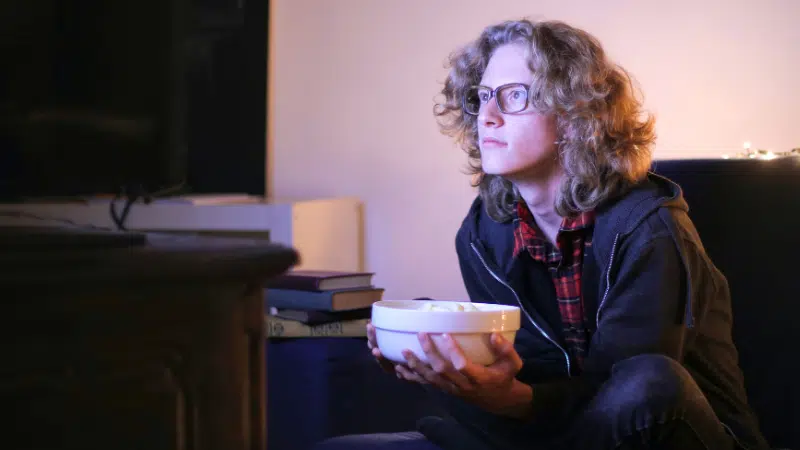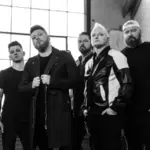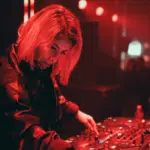You may think landing a sync placement in a show is just a matter of sending your music to a music supervisor, getting picked, and getting paid. If only it were that easy! In reality, the life cycle of a sync license can be a very lengthy and complex process. In this post, Symphonic’s own Head of Sync, Jon Mizrachi, breaks it down and gives you a behind the scenes look to help you get a better idea of how it all works. Here’s the rundown…
The Life Cycle of a TV Sync Placement
Step 1: Pitching
If you send your songs directly to a music supervisor you don’t know personally, chances are it won’t ever get listened to. There’s a rare handful of thoughtful supervisors who try and listen to everything they receive, but most rely on a network of trusted sources like record labels, publishers and sync reps. These are music licensing experts who curate music based on creative briefs and research, only sending songs that are a perfect fit for the project.
In the process of regularly pitching music this way, they’re planting lots of seeds. If a supervisor loves something they hear but it’s not right for whatever scene they’re working on at the moment, they’ll inevitably hang on to it for future use. Then a year later, you might just get a surprise email with a licensing request!
Step 2: Quote Request
A quote request will often come with a proposed offer. It’s typically a reasonable fee based on their budget and past experience licensing similar songs, but if you feel it’s too low you can always try and negotiate for more. It’s important to note, there may be other artists who would be more than happy to accept their offer, so if you push for more you may just end up with nothing. Assuming you’re cool with the fee, you can sign the quote request and send it back to the music supervisor.
And then… you wait.
Step 3: Confirmation
Just because you sent back a signed quote request doesn’t mean your placement is guaranteed. All it means is that you’ve agreed to honor that price if they choose to use it. It’s effectively just a placeholder.
If the episode airs tomorrow, there’s a good chance the song will be used. Otherwise, the longer you have to wait before the episode is released, the more time there is for something to change. For example, your song could get replaced at the last minute with something else, the scene could be edited out, or the whole show could even be canceled entirely!
Nobody likes to be the bearer of bad news either, so if something like this were to happen it’s rare that anyone will notify you. So how do you know if your song made it in? Before an episode is released, it has to be mixed. When the mix is locked, that’s when the final decision is made. You’d think at this point someone would reach out to let you know, but most often an official confirmation notice is sent out weeks after the episode is released.
So if you want to be sure beforehand, you’ll need to follow up in the days leading up to the release date to confirm. But wait, what about the license?
——
Feed yo’ brain…
How to Optimize your Songwriting for Sync
4 Steps To Licensing Your Next Single
Types of Publishing Deals and How They Work
——
Step 3: Licensing
When a new episode of a show is released, much of the music you hear hasn’t actually been officially licensed yet. The signed quote request serves as a temporary authorization for the use, and the long form licensing agreements generally take months to be prepared by the production company.
Due to the high volume of licenses needed across an entire season of a given show, there’s often a backlog of paperwork. Once the licensing agreements are squared away, you’ll then need to get set up as a vendor with a W-9 tax form and send out an invoice for payment. The typical timeframe for payment is three months after the episode release date, sometimes sooner but often longer.
Step 4: Payment
It’s now close to a year since you initially pitched your song, and you finally got a check in the mail! If you wrote the song and it aired on television, you’re also entitled to performance royalties from ASCAP, BMI or SESAC which will come a few months later. So be sure to get your songs registered with one of the PRO societies.
Performance royalties are based on mysterious calculations that few people really fully understand, so it’s difficult to know for sure how much you’ll get. But it’s not nothing! It could add up to hundreds, if not thousands of dollars, and if it’s something that keeps airing over time you’ll keep getting those royalties.
Get Repped!
Landing a placement in a show can be a very rewarding experience. It generates great revenue and helps build your profile as an artist, but it’s not an easy thing to do on your own. Working with a sync rep can be a great way to break into this part of the industry, and since they work on commission there’s no upfront cost. If you already work with one, hopefully this article has given you a better appreciation of how complex the process is and how much effort is necessary to make sync placements happen. So be sure to show them some love!
//
Here at Bodega Sync, we are very fortunate to have so many incredibly talented artists interested in working with us. However, sync representation can be a bit of a mystery for those not in the industry. Because of this, we’re here to provide some useful information to consider before you apply to give you the best chance of success.
- To learn everything you need to know, check out “What To Know Before Applying to Bodega Sync”.
Good luck!



